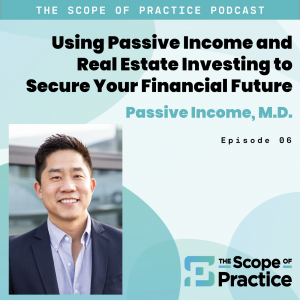
![]()
In finance, recurring, automated revenue depicts cash from a one-time venture that consistently creates pay streams, without requiring the financial backer to screen or effectively change their property. passive income , similar to dynamic pay from working, is available, however frequently is given different treatment by the IRS. For example, latent misfortunes can be utilized to balance inactive additions. Besides the distinction in charge grouping, numerous people look for recurring, automated revenue to support incomes, and the term shares developed practically speaking speech to incorporate exercises like telecommuting or side hustles that require little exertion (despite the fact that they might be burdened as dynamic pay). Far to create automated revenue include turning into a restricted accomplice in an organization. Notwithstanding, conventional people can focus on alternate ways of giving their cash something to do for them. The latent financial planning methodologies beneath warrant a more intensive look.
- Land
- In spite of changes over the new year, land perseveres as a favored decision for financial backers hoping to create long-haul returns. In particular, investment properties can outfit condo proprietors with a customary pay source. The financial backer can without much of a stretch obtain a property for a 20% initial investment, then introduce solid occupants who keep the cash streaming.
- The people who would rather not oversee investment properties can focus on land venture trusts (REITs) all things being equal. REITs pay out 90% of their available pay as profits to financial backers. On the disadvantage, profits are burdened as common pay, which might be dangerous for financial backers in higher duty sections.
- Land crowdfunding presents a center-ground arrangement. Financial backers have their decision of value or obligation interests in both business and private properties. Not at all like REITs, crowdfunding allows financial backers to partake in the assessment benefits of direct possession — including the devaluation derivation, without the additional obligations of property proprietorship.
- Distributed Loaning
Albeit the distributed loaning (P2P) industry (otherwise known as crowdfunding) is a little more than 10 years old, it has developed huge amounts at a time. It is characterized as the demonstration of straightforwardly loaning cash to an individual or a business substance, where moneylenders and the borrowers are associated through web-based stages, for example, Succeed and LendingClub. Returns ordinarily range from 7% to 12%, and there’s tiny the financial backer should do after first subsidizing the credit. P2P programs for the most part have fewer boundaries to passage than different kinds of ventures. For instance, financial backers can subsidize credits with ventures for as little as $25. While Title III of the Kick off Our Business New companies (Occupations) Act permits both licensed and nonaccredited financial backers to contribute through crowdfunding, each P2P stage has its own arrangement of interest necessities.
- Profit Stocks
Profit stocks are one of the least difficult ways for financial backers to make automated revenue. As open organizations create benefits, a part of that profit is redirected and channeled back to financial backers as profits. Financial backers can choose to stash the money or reinvest the cash in extra offers. Profit yields can change altogether starting with one organization and then onto the next, and they can likewise vary from one year to another. Financial backers are uncertain about which profit-paying stocks to pick ought to adhere to the ones that fit the profit blue-blood mark, and that implies the organization has basically a 25-year history of delivering significant profits.



